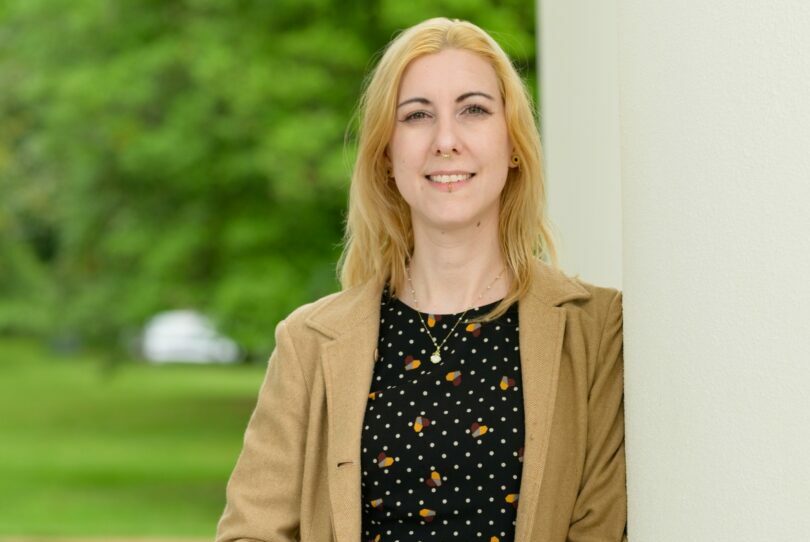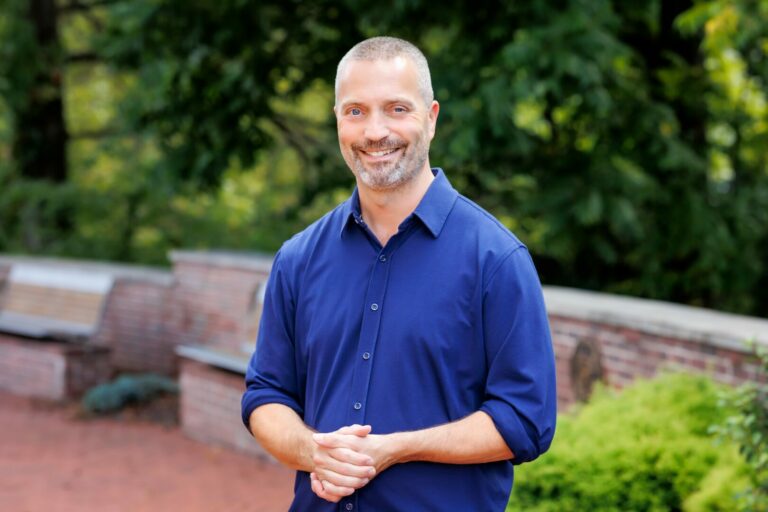Karen Fitzgerald shared their story and experiences with us recently and you can find our conversation below.
Good morning Karen, we’re so happy to have you here with us and we’d love to explore your story and how you think about life and legacy and so much more. So let’s start with a question we often ask: Who are you learning from right now?
I’m paying attention to a disparate group of people who are engaged in constructing an economy that is an alternative to capitalism. Sometimes called the solidarity economy, it aims to create community through equitable access to resources. Margi Prideaux of Radically Local on Substack advocates for food sovereignty, grown locally, distributed locally. Victoria Van Der Laan on Buy Me A Cup of Coffee is a textile artist who has reconfigured her sales structure to emphasize equity of access. The success of these examples portends a new wave of how to do business in the art industry. I recently launched a pilot project on my website, pay what you wish. https://fitzgeraldart.com/pay-what-you-wish/
For many years, the work itself has been a good teacher. Long ago I learned to pay attention to it, to set my will aside and see, listen, and notice what was present and manifesting in the work. The arc of its development is clear, the work continues to grow in communicative amplitude.
Can you briefly introduce yourself and share what makes you or your brand unique?
I’m a lifelong, mid-career visual artist. Born and raised rural – on a dairy farm in central Wisconsin – it is that early, deep connection with the natural world that informs my work. For almost 40 years I’ve been crafting round paintings. Since 2006 they feature gilding in some capacity. The use of gold makes explicit what I mean to communicate. The dynamic quality gold brings to the work underscores the dynamic content which is about light and energy. We live in a roil of constant change; energy is ever shifting. The purity of our world – its sacredness – is what is embedded in my work. I am emphatic about the understanding that everything about our world, including ourselves, is sacred.
Amazing, so let’s take a moment to go back in time. Who taught you the most about work?
My childhood was filled with work. We didn’t always see it as work. Daily life required chores – done in direct correlation with comfort – it did not feel debilitating for leisure time. Doing had an integrated quality with being. When this is understood at an early age the relationship to work and the understanding of work takes on a different quality. That doesn’t mean there weren’t times when I was grumpy about doing a chore, unloading wood when I’d rather watch TV. That carries over to now: I can be grumpy about a studio task I’d rather avoid. The little person within usually recognizes it’s OK to be grumpy, but the work still must get done.
What fear has held you back the most in your life?
For many years I struggled to find a dealer to work with. The lack of success made me turn inward – for years I was afraid the work itself was the reason for this struggle. I kept going. I eventually connected some blaring dots. The dealer system favored young, white men. It was structured for that. Anything in the energetic, spiritual realm was simply forbidden. As Charlene Spretnak documented in her excellent book on the subject, (the Spiritual Dynamic in Modern Art, 2014) “Although his exhibition displayed numerous paintings by artists who had published clear statements about the metaphysical meaning of their art, those were not referred to in his essay in the catalog. The spiritual dimension was simply removed from serious discussion of the art.
I’ve reached a point in my artist life where I now take ownership for moving the work out into the world. I no longer fear the work is inferior. And as Spretnak writes near the end of her book:
“Once the evidence is truly acknowledged, the history of modern art looks quite different from the proscribed narrative. It is less a linear account than a richly varied landscape, made verdant in numerous places by the great underground river of the spiritual in modern art. Hence the aim of this book is rather like the process in ecological restoration known as “daylighting” underground streams by removing the cement culverts that enclose them and allowing them to be seen in their natural habitats.”
Alright, so if you are open to it, let’s explore some philosophical questions that touch on your values and worldview. What are the biggest lies your industry tells itself?
The worst lie is that art is rare, scarce, and therefore it is a luxury, unavailable to the lower economic classes. As a luxury it is priced accordingly, intentionally out of reach of the many.
Recently the bigger lie is that owning artwork is like banking: it is an asset that is protected, that accrues value. Like real estate, artwork is strategically traded, sold, auctioned. Artist’s status and reputations are artificially managed.
In times past, the 50% commission every gallery dealer applies to every sale had some advantages for artists. The gallery would place the artist in other important exhibitions, collections, paving the way for critical attention in the art press. These days this happens less frequently. Most often, artists don’t even own the information of who has bought their work, much less how to be in touch with that person/s. There’s no opportunity to build a relationship with the buyers, except through the dealer/gallerist. Dealers fear these connections, thinking artists will sell work behind the dealers’ backs, thus cutting out that 50% commission. The lack of transparency in the system is debilitating. The truth in these common practices is that the dealer is interested in dealing and may not have the interest of the artist at heart. This stark generality belies the hundreds of gallerists who care for the work of their artists as well as the artists themselves.
Okay, so before we go, let’s tackle one more area. Are you doing what you were born to do—or what you were told to do?
There’s no getting around a self-directed understanding of one’s life. When I chose to become an artist, I had ample inspiration around me. Poetry was a lifeblood when I was in high school. Kind teachers fed me important introductions to artists and gave me room to begin following my nose. I was in my mid-teens when I knew I would leave the place I grew up. In many ways it was a painful choice, yet one that held the greatest possibilities in my imagination.
It’s quite wonderful that we are delivered into this world with no instructions for living. Voices might distract us, convince us to listen to something other than our own internal guidance. I never had problems with that. I’ve done what I felt was right, put the development of my artistic voice (and craft) front and center, and went to work. When I look back on early work it is surprising. I’ve included here several examples from a suite of drawings completed when I was 22. There are so many things present in them that still resonate into the work I’m currently making. 3 examples from current work are also included here.
Contact Info:
- Website: https://fitzgeraldart.com/
- Instagram: https://www.instagram.com/kbfitzgeraldart/
- Linkedin: https://www.linkedin.com/in/karen-fitzgerald-585611a/
- Facebook: https://www.facebook.com/FitzgeraldArt/
- Youtube: https://www.youtube.com/@kbfitzgeraldart
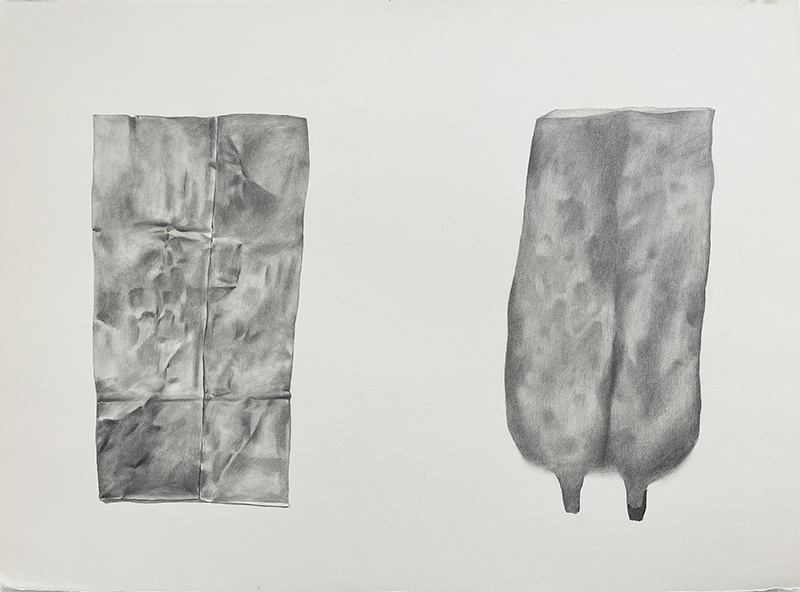
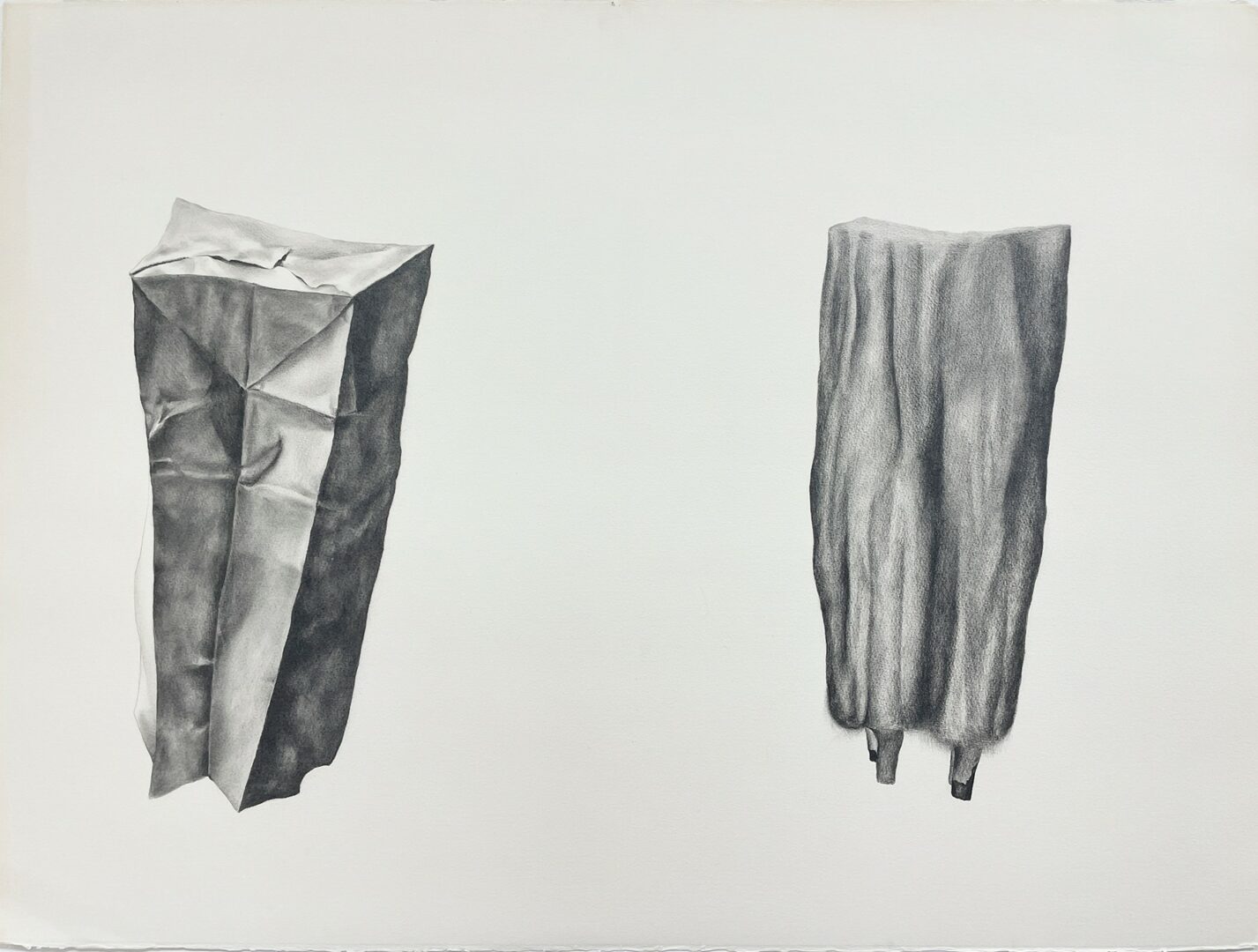
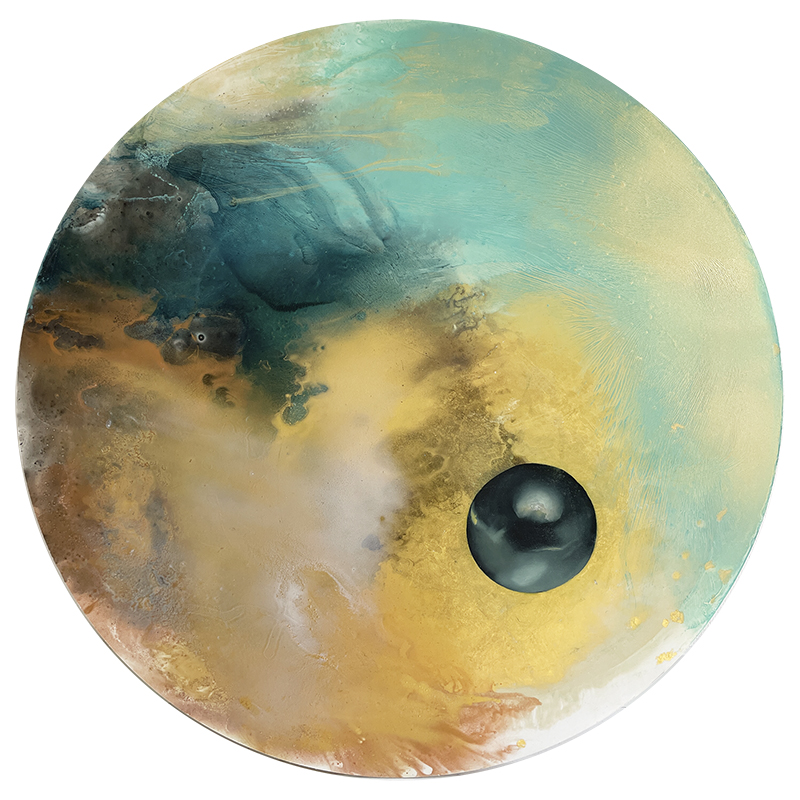
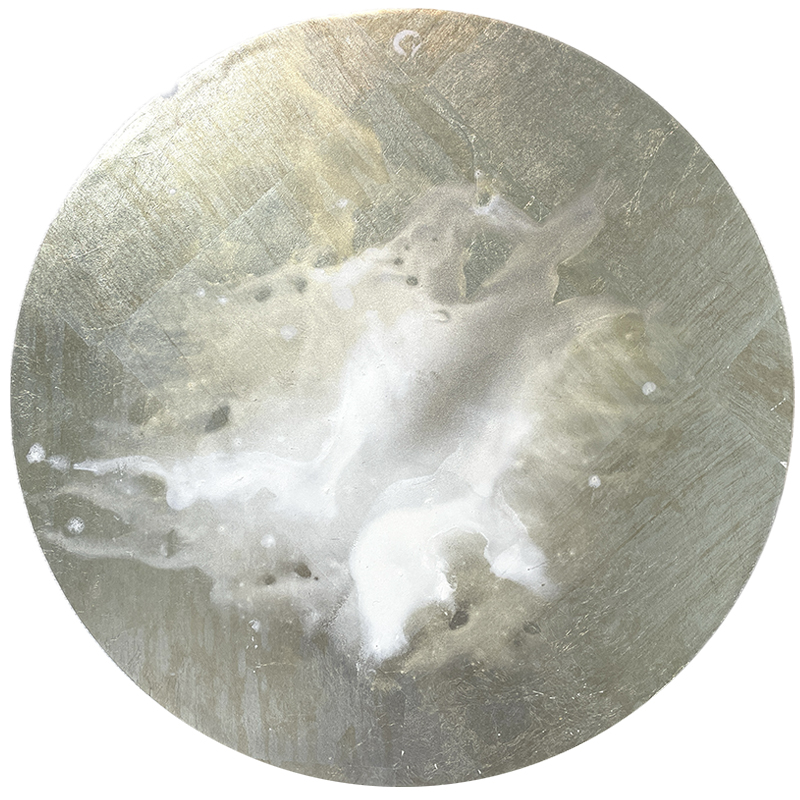
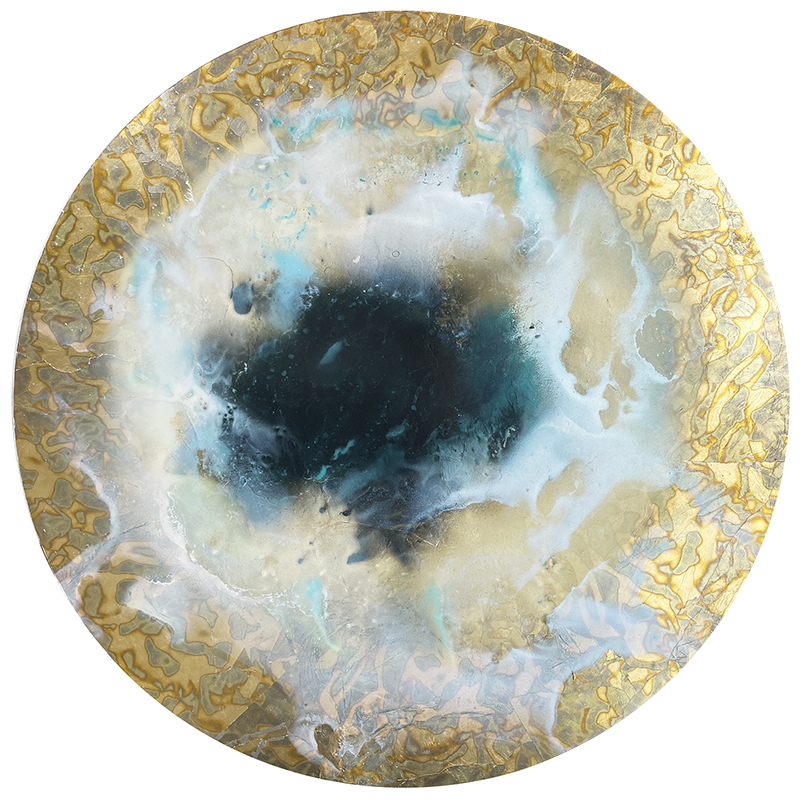
Image Credits
Portrait courtesy Sung Won.
Artwork images courtesy Karen Fitzgerald
so if you or someone you know deserves recognition please let us know here.



